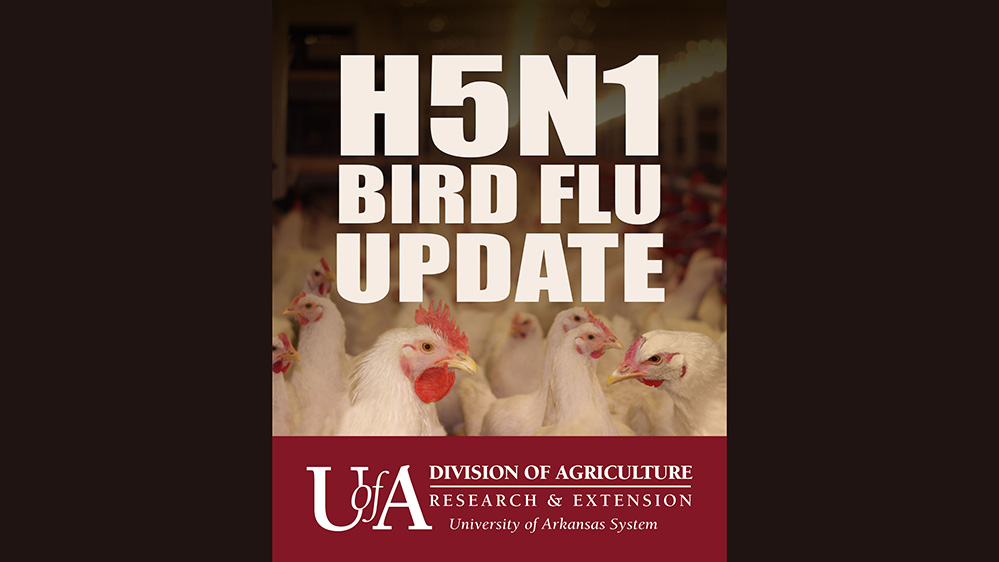Arkansas is forecast to see mild daytime temperatures and only 2-3 days of rain in the remaining days of the second split of the 60-day waterfowl season, which runs through Saturday, Dec. 23. Weather conditions to the north of Arkansas don’t seem to favor much duck movement southward during that period, either, if waterfowl in those areas have access to enough food and habitat.

By Jim Harris
Managing Editor Arkansas Wildlife Magazine

There are areas in South Dakota and Iowa this week still reporting peak numbers of ducks, according to reports supplied to Ducks Unlimited.
Arkansas Game and Fish Commission waterfowl biologists completed their aerial surveys of the state earlier this week for the annual December waterfowl density estimates — bad weather late last week pushed the work into Monday — and no complete data from the waterfowl survey was available by midweek this week. What we did hear were spotty reports of ducks.
It continues to be extremely dry in many areas that would normally be drawing good numbers of ducks by the point — the state really needs the annual mid- to late-December gully washer of 4-6 inches of rainfall over a several-day period to leave more sheetwater on the landscape and provide ducks with more access to good habitat. On a positive note, more water is gradually being seen in many of the AGFC’s moist-soil units and greentree reservoirs where pumping is available.
When planning ahead for the Dec. 23-24 weekend and applying for those permits this week (between Thursday afternoon and midnight Sunday), note that only Saturday, Dec. 23, is available for any WMA permits or WRICE private field permits. The second segment of the season will close at sunset Dec. 23 and reopen on Wednesday, Dec. 27. Waterfowl hunters who want to use the blinds at Sheffield Nelson Dagmar WMA Conway George Tract that are available on weekends only to youths will still want to apply this week for the Dec. 27 permits. Permit applications are $5. Hunters may only apply for one WRICE field per week; winners may take three additional hunters to hunt from 30 minutes before sunrise until sunset.
Permits are required to hunt Saturday, Dec. 23, in Steve N. Wilson Raft Creek Bottoms WMA and Cypress Bayou WMA’s Red Cut Slough units.
In the most recent report from the Missouri Department of Conservation about waterfowl numbers in the Show-Me State, Zachary Copeland of the MDC reported Dec. 4 that Missouri had seen a slight increase in duck numbers since late November, accompanied by larger numbers of Canada and snow geese making their way down. Temperature across the state had been slightly above average (as it had been in Arkansas) with precipitation level throughout much of the state being below average (again, mirroring Arkansas’s conditions). However, managers of conservation areas in Missouri noted a slight increase in water on many of the managed areas.
Missouri biologists counted 865,668 total ducks for the first week in December, compared with 128,220 snow geese, 12,420 greater white-fronted geese; and 6,267 Canada geese. The duck estimate was 10 percent higher than the previous five-year average and 14.6 percent higher than the previous 20-year average (755,484 ducks for the first week in December). Of that total, 614,577 were estimated to be mallards, or 4.7 percent higher than the previous five-year average for that point in the season, and 3.9 percent higher than the 20-year average.




